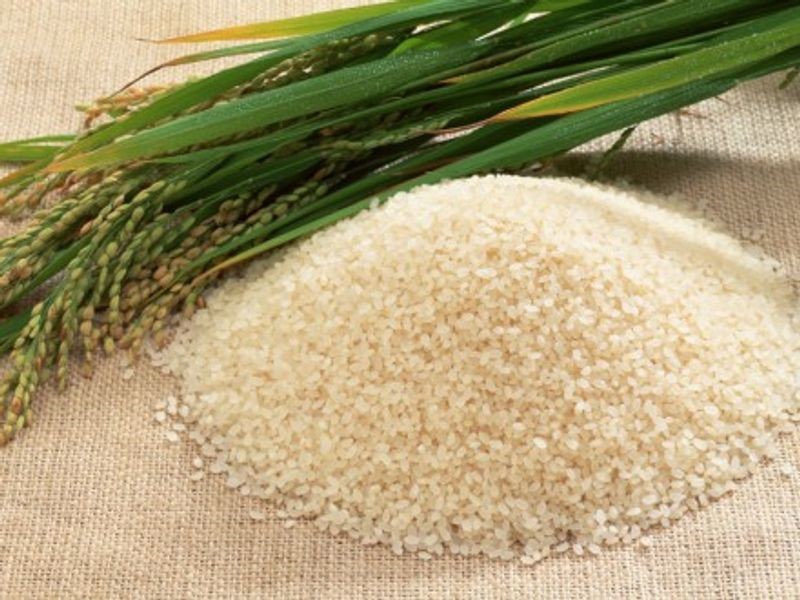Free Courses Sale ends Soon, Get It Now


Free Courses Sale ends Soon, Get It Now



Disclaimer: Copyright infringement not intended.
Context
Identifying Aromatic Compounds
Impact of Altitude and Temperature
Conservation Efforts
Genetic Analysis
Export Potential and Economic Growth
Future Directions
Conclusion
|
PRACTICE QUESTION Q. In which state of India is the indigenous rice variety 'mushk budiji' renowned for its distinctive aroma and unique taste cultivated? a) Himachal Pradesh b) Uttarakhand c) Jammu and Kashmir d) Sikkim Correct Answer: c) Jammu and Kashmir |
© 2024 iasgyan. All right reserved